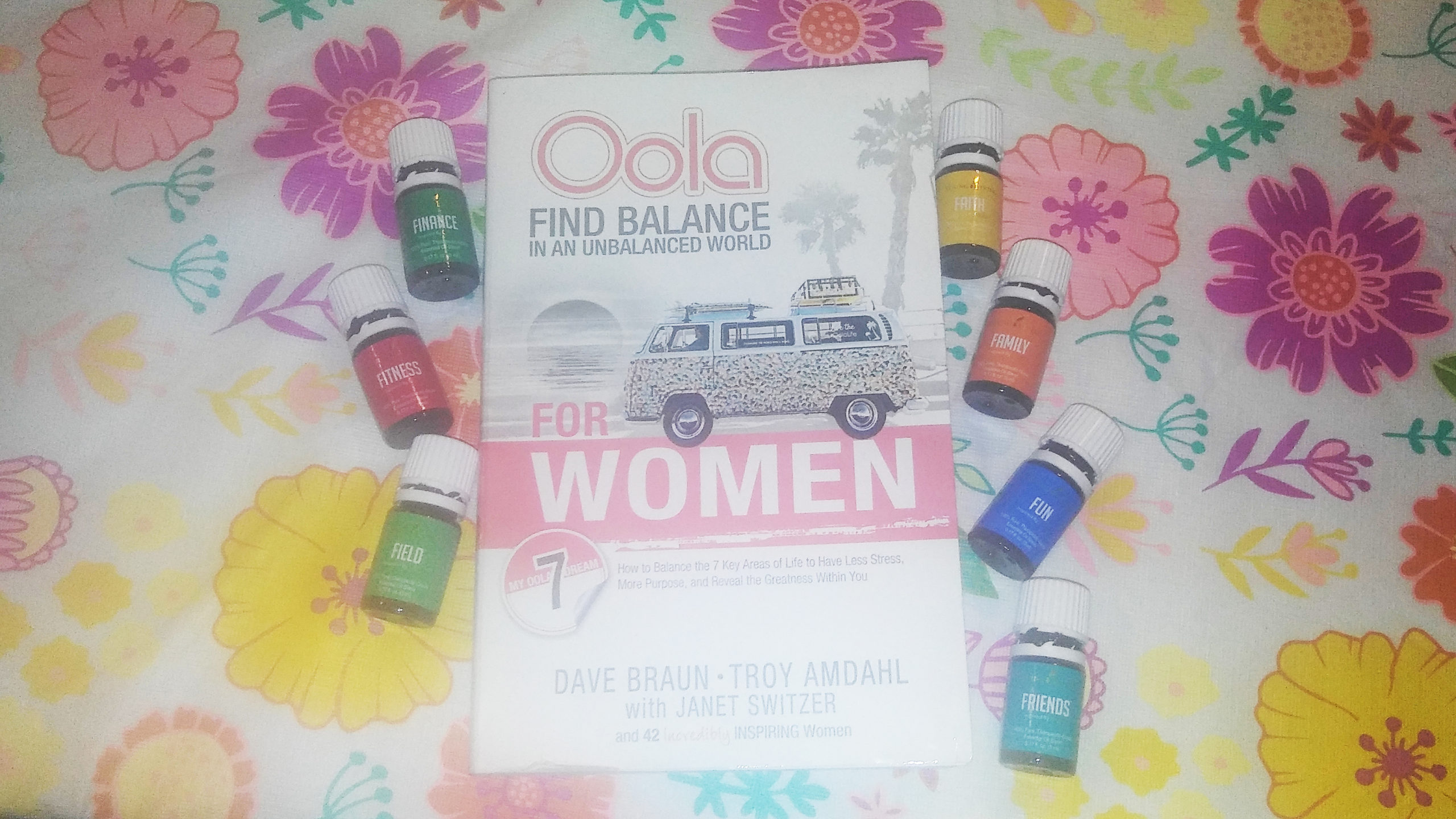Healing Oils of the Bible 10
[amazon_image id=”0934426988″ link=”true” target=”_blank” size=”medium” ]Healing Oils of the Bible[/amazon_image]
Myrrh: The Most Popular Oil of the Bible
Fun facts:
- Stacte is another name for myrrh. (139)
- Exodus 30:34
- Mandated by God in compounding holy incense for the tabernacle and holy anointing oil (139 & 144)
- Myrrh was mixed in the wine offered to Jesus on the cross (140)
- …not only is myrrh a topic of both the first and last books of the Bible, it was also an oil offered to Christ at both the beginning and the end of his life. (141)
- increases the longevity of the aroma of what it is mixed with without dominating or overpowering the fragrance (151)
- inhances the qualities of other oils (151)
- versatile
- antiseptic, supports the immune system, enhances the body’s natural defenses, help you relax, helps manage stress and frustration, soothes the skin, is oxygenating to body tissues, is mood elevating, creates a sense of well-being, and promotes overall health, vitality, and longevity. (151)
- 60% sesquiterpenes (152)
- The suggests: bronchitis, diarrhea, dysentery, thrush, ulcers, viral hepatitis, and stretch marks. (152)
- …was also occasionally used in Roman cooking as a spice to encourage appetite. Because of its bitter taste, myrrh can stimulate bile production which prepares the digestive tract for processing rich foods-of which the Romans (and Greeks) were very fond. (152)
- oral hygiene
- Mary would also have known that the scent of myrrh promotes spiritual awareness and is emotionally uplifting. When rubbed on her body as a breastfeeding mother, ti would communicate a sense of security and well-being to both her and her child. (153)
[amazon_enhanced asin=”0983518327″ /] [amazon_enhanced asin=”098949974X” /] [amazon_enhanced asin=”0934426988″ /]





-
-
3 years
Tagged books, Christmas, decluttering